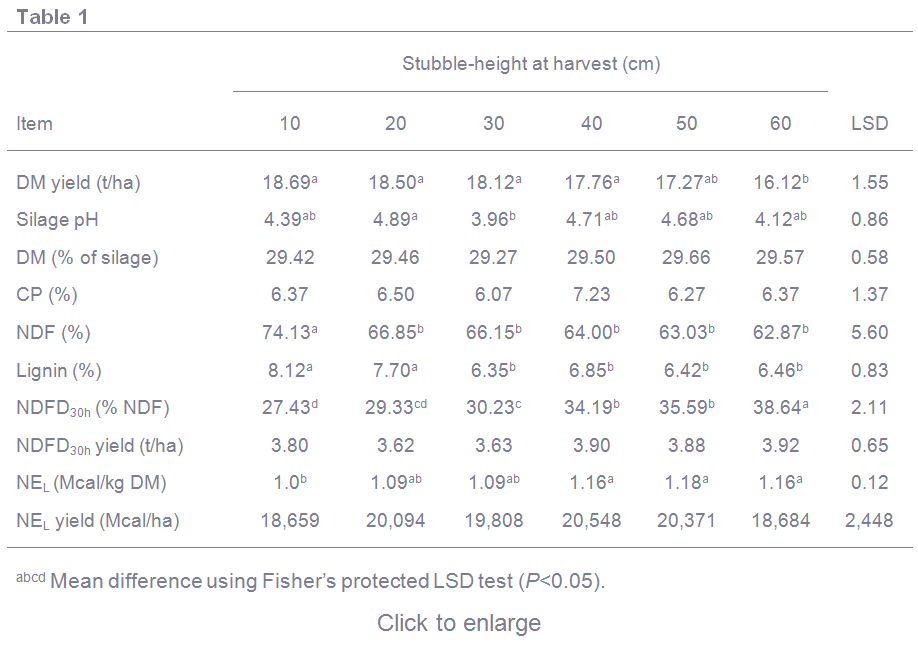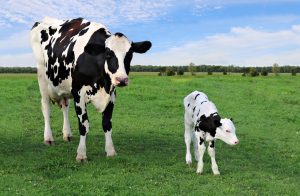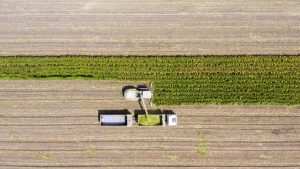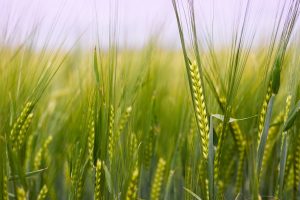Jorge Granados-Niño1, Juan Sánchez-Duarte2, David Reta-Sánchez2, Omar I. Santana2,3, Magali López-Calderón1, Esmeralda Ochoa-Martínez2, and Fernando Díaz4*
1FAZ-UJED, Dgo., México; 2INIFAP, Coah., México; 3INIFAP, Ags., México; 4Dellait Research Center, Brookings, SD.
This work was presented at the 2020 Annual Meeting of the American Dairy Science Association, West Palm Beach, Florida, June 21-24.
The aim of this study was to assess yield and nutritional value of sorghum (Sorghum bicolor L.) silage when harvested at six cutting-heights. The crop was planted in a warm and arid environment in northern Mexico, using a conventional seeding rate of 125,000 seeds/Ha, and fertilized and irrigated conforming to recommendations for the area.
Plants were cut at milk-dough stage at 10, 20, 30, 40, 50, and 60 cm stubble-height, chopped to 2 cm, and packed in 1-L glass mini-silos by triplicate at a density of 261 kg DM/m3. Data were analyzed as a completely randomized design using Fisher’s protected LSD test for mean separation.
Results (Table 1) showed forage DM yield was only significantly reduced at 60 cm stubble-height. Silage pH indicated cutting at 30 cm may allow for better fermentation than the other treatments. Silage DM and CP contents were not affected by cutting height, however NDF and lignin were greater when plants were cut at 10 cm stubble-height. Lignin notably declined at stubble-height greater than 20 cm. Silage estimated NEL was only lower when cutting at 10 cm stubble-height likely associated to lignified fiber. In contrast, NDF digestibility increased at higher stubble-heights, while NDF and NEL yields were similar among treatments.
Overall, these findings indicate that harvesting sorghum for silage in a range of 20-40 cm stubble-height may optimize DM yield and nutritional value.
 Key Words: Sorghum bicolor (L.), silage, nutrients
Key Words: Sorghum bicolor (L.), silage, nutrients
© 2020 Dellait Research Center. All Rights Reserved.











